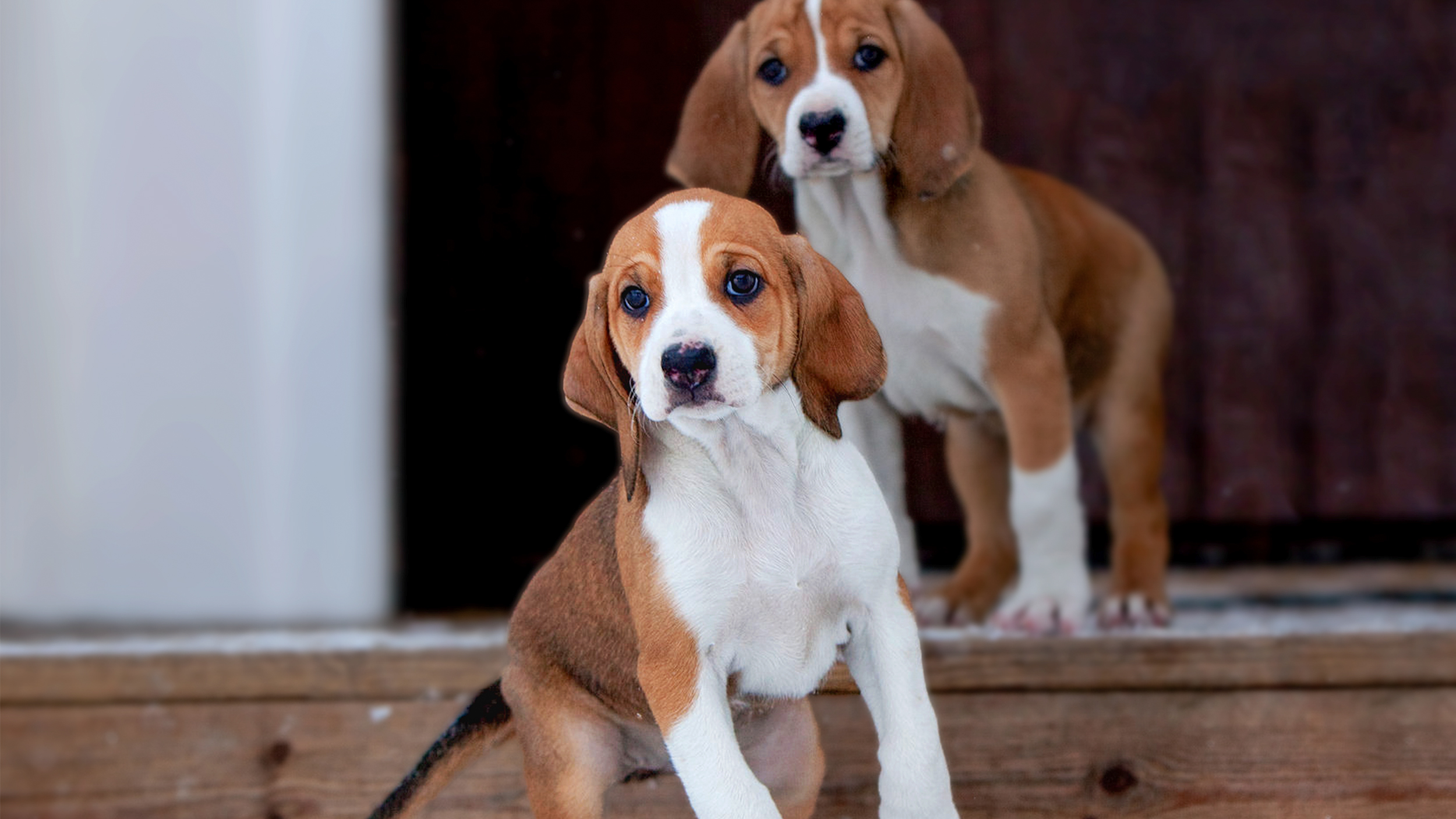Caring for your dog in cold weather

Before winter’s chill officially sets in, it’s a good idea to take a few general precautions to ensure a healthy and safe winter for your favourite canine. Start with a trip to your vet for a winter warmup examination, checking for any pre-existing health problems.
Believe it or not, proper grooming is also an important part of staying healthy in the winter months. Heavy and matted fur does not adequately protect your dog’s underlying skin from extreme cold temperatures. If your dog spends a lot of time outdoors, regularly check their ears and paws for frostbite. Keeping the hair between the footpads trimmed during the winter is important to minimise ice accumulation between the toes.
Outdoor activities in cold weather
Although we humans may find the couch and a cozy comforter more appealing than being outside during the wintry months, it’s important that your dog maintains a proper exercise routine to avoid weight gain and minimise the risk of becoming stressed, lethargic and under-stimulated. Puppies in particular may develop behavioural problems such as whining, excessive barking, digging, chewing, biting or playing too rough, if they do not get proper exercise and burn off that puppy energy.
Make the outdoors fun exciting by substituting a brief backyard romp for a trip to the park or exploring a nature trail. Even taking a different walking route will perk up your dog’s senses by exposing them to new visual stimulation and smells. You can invent new play activities in the backyard like creating an obstacle course or introducing new toys. The important thing is to keep your dog active during these cold months.

Feeding to activity level and body type
As a general rule, puppies and young dogs burn more calories, so they have higher energy needs. Choose a diet with high quality proteins and fats to meet their energy needs. Older, less active dogs, have lower energy needs and require a diet that is tailored to those needs.
Pound for pound, small dogs require more energy from food every day than larger dogs. Remember dogs have specific food requirements based on their health, level of activity and age.
Regardless of size, breed or age, during cold winter months both two-legged and four-legged animals intuitively increase calorie intake, so it’s important that your dog maintain a regular exercise program.
How to identify weather-related distress
“Jack Frost nipping at your nose” makes for a cosy song lyric, but in reality, your dog is even more susceptible to adverse effects related to cold weather than you.
Although many dogs have heavy coats that help to keep them warm in cold temperatures, some short-haired breeds, small dogs, puppies and senior dogs may benefit from the additional warmth provided by a sweater or vest. Choose a garment made with a water-repellant material that fits snuggly but allows warm air to circulate between the body and the material.
Maintain a vigilant eye for telltale signs that your dog is being adversely affected by winter’s chill. Signs could include visible shaking, cowering, repeatedly lifting up their feet or constantly trying to get back inside. A good rule of thumb is, if the temperature is too frigid for you, the same likely holds true for your pet.
Related Articles
Like & share this page